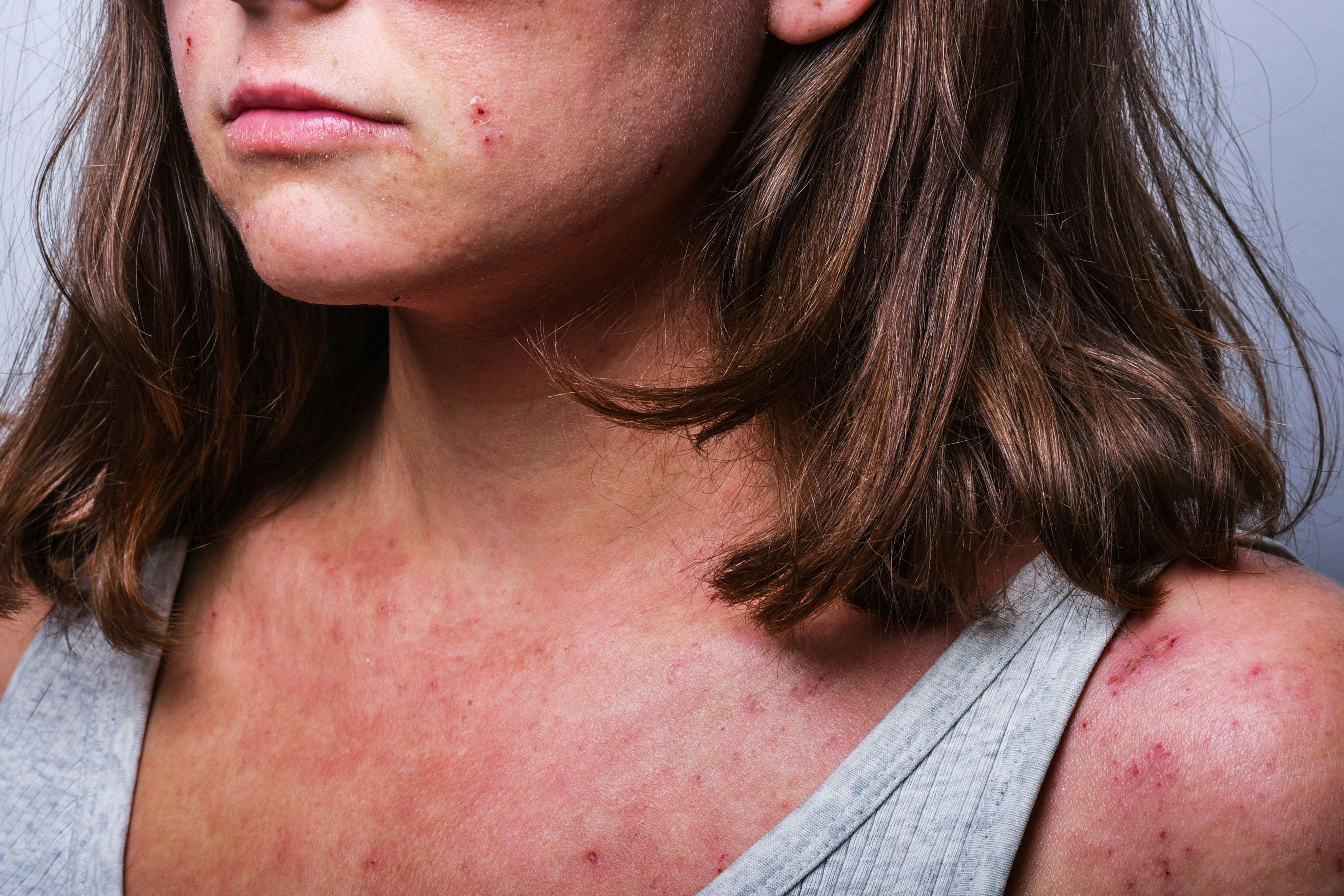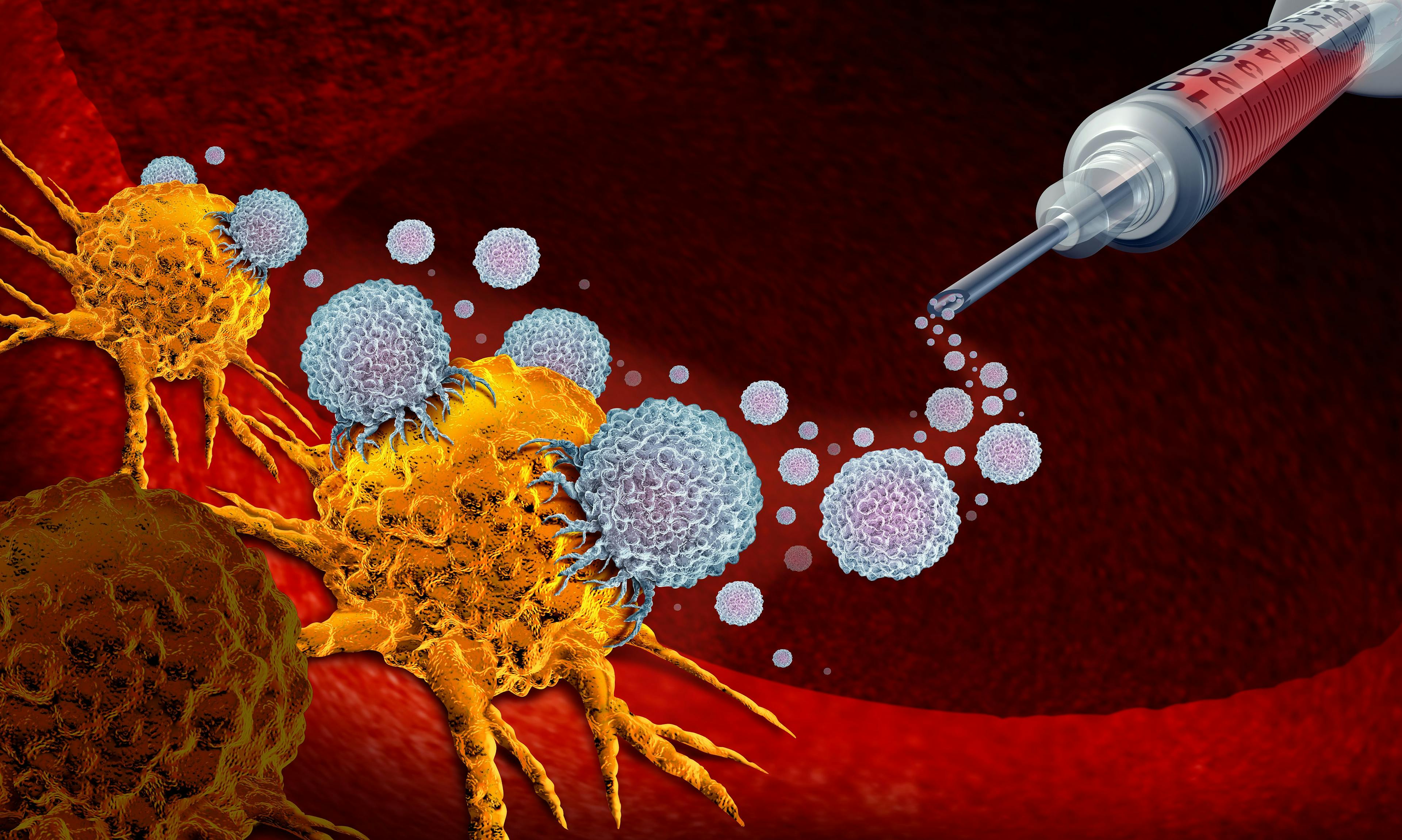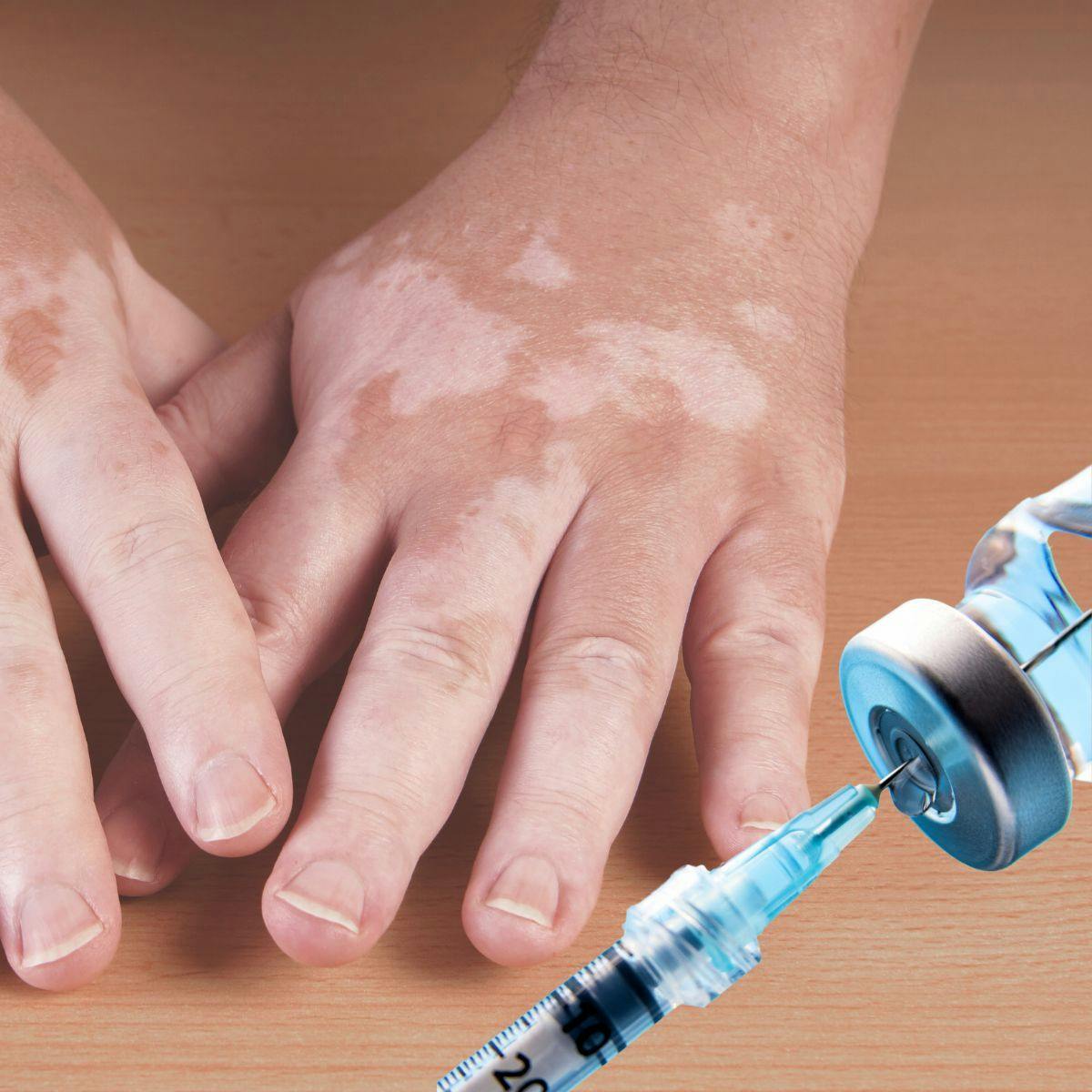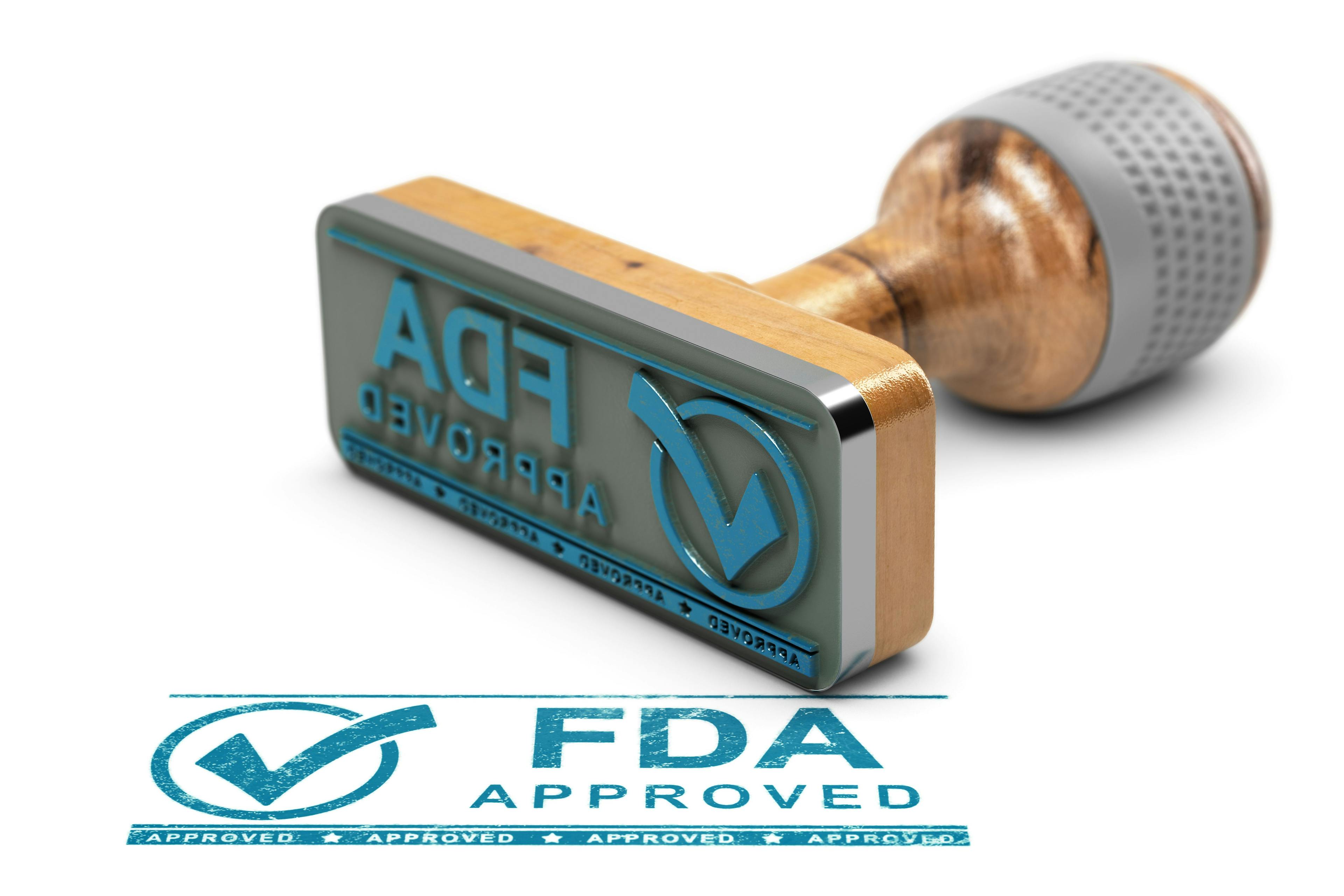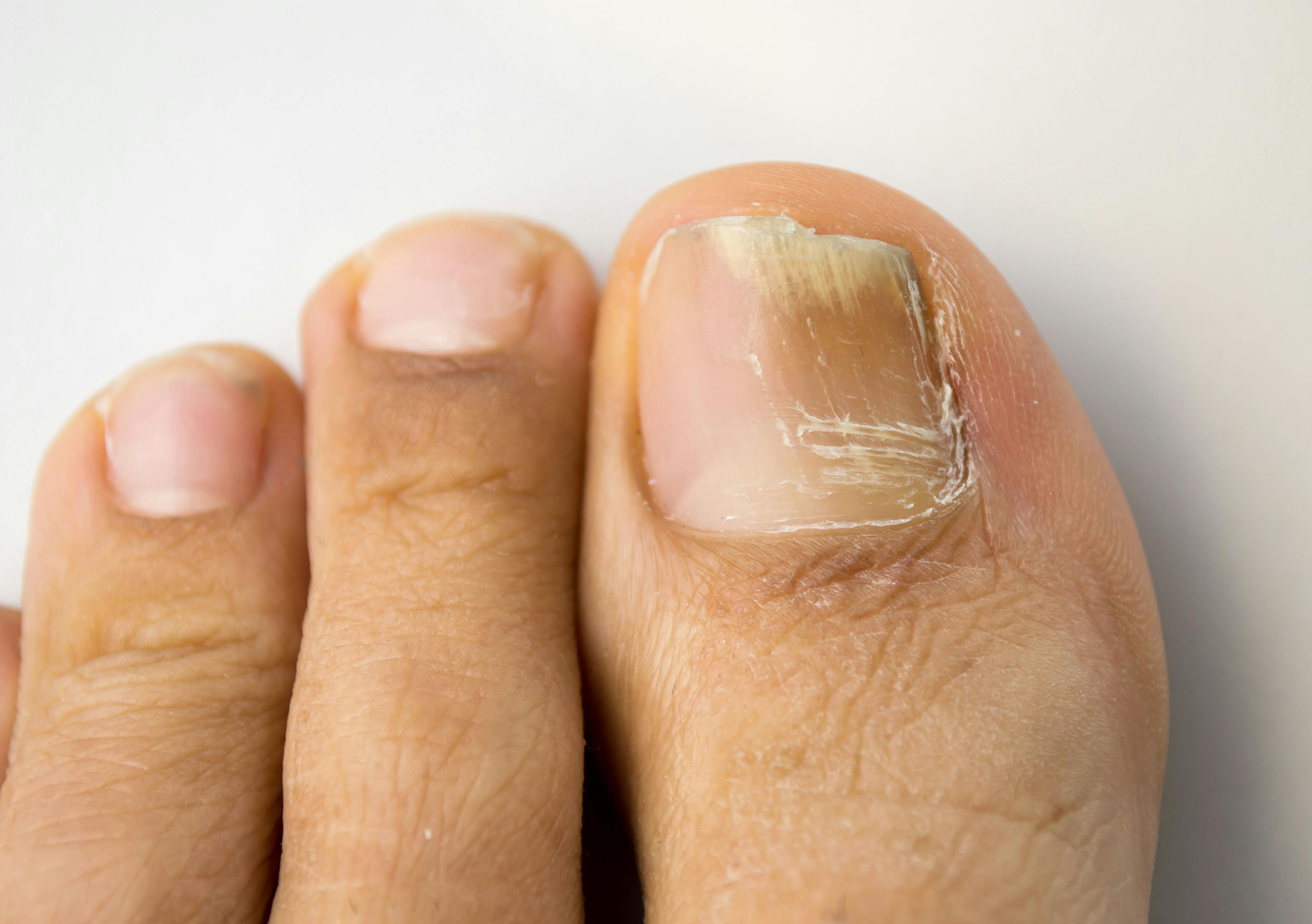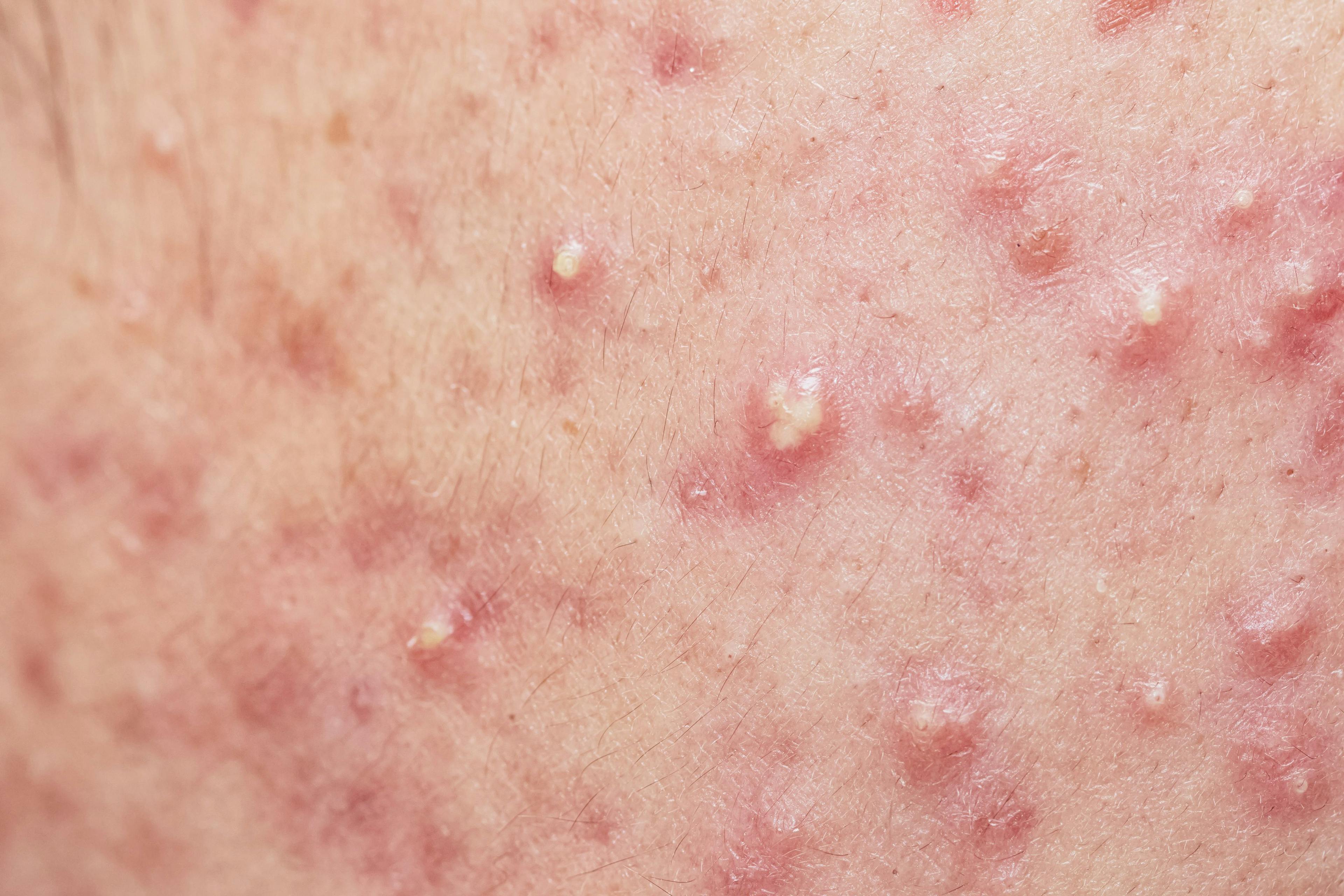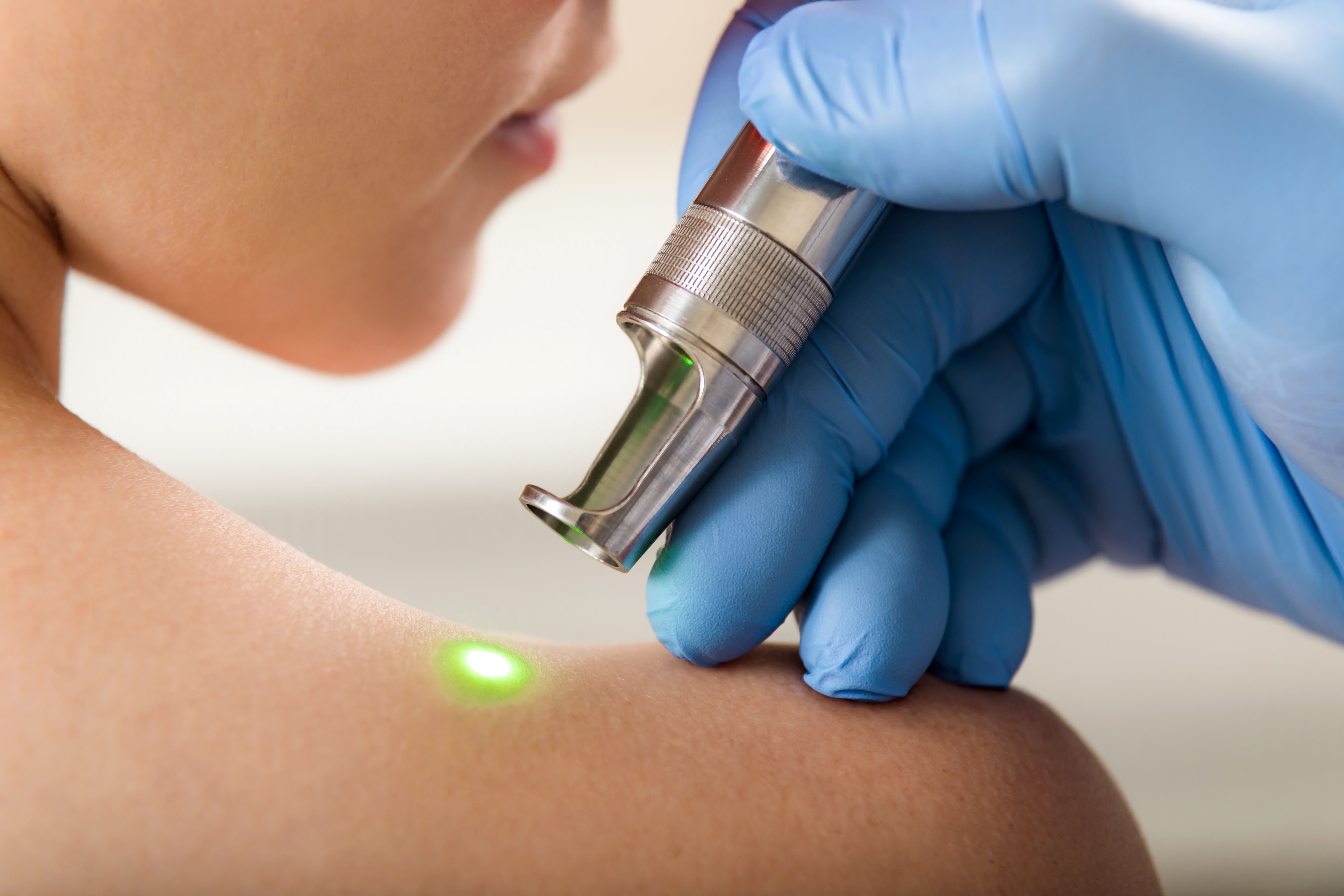- Acne
- Actinic Keratosis
- Aesthetics
- Alopecia
- Atopic Dermatitis
- Buy-and-Bill
- COVID-19
- Case-Based Roundtable
- Chronic Hand Eczema
- Drug Watch
- Eczema
- General Dermatology
- Hidradenitis Suppurativa
- Melasma
- NP and PA
- Pediatric Dermatology
- Pigmentary Disorders
- Practice Management
- Precision Medicine and Biologics
- Prurigo Nodularis
- Psoriasis
- Psoriatic Arthritis
- Rare Disease
- Rosacea
- Skin Cancer
- Vitiligo
- Wound Care
News
Article
Dermatology Times
Skin Care Terms to Keep on Your Radar
Author(s):
Staying on top of products and ingredients patients are asking about is critical, especially this holiday season as they are considering gifts for loved ones.
Uuganbayar/Adobe Stock

Staying on top of products and ingredients patients are asking about is critical, especially this holiday season as they are considering gifts for loved ones. Here are a few terms to brush up on for enhanced patient education.
Exposomes to Protect From Environmental Encounters
The exposome is a newly coined word arising out of the human genome project. The exposome can be defined as all of the environmental exposures a human encounters and how these exposures related to the health of the individual. The exposures begin at birth and continue throughout life and arise from both environmental and occupational sources. The study of the exposome is known as exposomics.
The aspects of the exposome that pertain to dermatology are a compilation of all of the oxygen radical–generating exposures an individual experiences. This includes exposure to sunlight, ionizing radiation, air pollution, chemicals, cigarette smoke, hormonal imbalances, emotional stressors, etc. The exposome encompasses everything that used to be terms intrinsic and extrinsic aging; however, we now have a new word.
Cosmeceutical manufacturers have adopted this new term and are producing exposome-protective moisturizers. What is an exposome-protective moisturizer? It is a moisturizer with antioxidants, such as vitamin C, green tea, silymarin, etc. Typically, the antioxidants are botanically derived and include a host of substances including plant-derived polyphenols, flavonoids, lignans, tannins, etc. The use of antioxidants in skin care products in not new, but what is new is the term exposome protective, which is a new word for an old concept.
What are exosomes? (Not to be confused with the previously discussed exposome!)
Exosomes are small, single-membrane secreted organelles 30 to 200 nm in diameter that contain proteins, lipids, nucleic acids, and glycoconjugates. They have diverse skin effects, including remodeling of the extracellular matrix and transmitting signals to other cells. They are basically intercellular vesicles carrying physiologic messages. Their role in tissue homeostasis, immunity, wound repair, and development is important. In dermatology, exosomes from macrophages promote wound healing by stimulating cell proliferation and angiogenesis. Keratinocyte-derived exosomescontain microRNA that can modulate pigmentation. Imagine the future of dermatology if exosomes could be designed and delivered to send youthful signals to aging cells. Several cancer therapies are being developed based on exosomes, and some work has examined the use of exosomes in alopecia to accelerate onset of the anagen hair growth cycle. While exosome therapies are not a reality at present, dermatological applications of therapeutic exosomes are immense.
Tranexamic Acid for Skin Lightening
The search is on for a skin-lightening hydroquinone replacement in the over-the-counter (OTC) market now that hydroquinone has been banned. One such skin-lightening candidate is tranexamic acid. Tranexamic acid, also known as trans-4-(Aminomethyl)cyclohexane carboxylic acid, is currently available in oral form as a prescription antifibrinolytic drug for the treatment of heavy menstrual bleeding by improving blood clotting. It is a synthetic lysine derivative that inhibits binding of the plasminogen activator thereby inhibiting the conversion of plasminogen to plasmin. This results in the reduction of arachidonic acid levels, consequently reducing prostaglandin levels as well. This reduction in prostaglandin levels reduces melanocyte tyrosinase activity, leading to a reduction in skin pigmentation. In addition, tranexamic acid reduces tyrosinase-related proteins (TRP1 and TRP2). Tranexamic acid has been administered orally, intravenously, intradermally, and topically for pigmentation disorders. Orally, the drug is administered in the dose of 250 mg twice daily for 3 months to lighten skin, but tranexamic acid is not FDA approved for this indication. It has been administered with microneedling intradermally, but this is also an off-label indication. Finally, topical tranexamic acid is available for pigment lightening and is being included in many OTC skin-lightening cosmeceuticals.
The Role of Oats in Ingredient Lists
Oats are actually an ingredient of antiquity. The original oat derivative was colloidal oatmeal, manufactured by grinding oats into various particle sizes, depending on the application. Colloidal oatmeal was first used in dermatology as a bath for patients with atopic dermatitis whereby the oats acted as a physical barrier to water evaporation from the skin into the bathwater, minimizing skin dryness. Now, various fractions of oats are available for many different skin uses.
Colloidal oatmeal is an ingredient found on the skin protectant monograph, and companies include it in their moisturizer formulations to make more robust treatment claims related to healing and eczema improvement. If you see the word eczema on a skin moisturizer, it likely has colloidal oatmeal to support the claim. However, oatmeal contains many useful phytochemicals. It possesses avenanthramides, which are alkaloids that consist of anthranilic acid and hydroxyanthranilic acid linked through amide bonds to hydroxycinnamic acid. Avenanthramides are responsible for the antioxidant and anti-inflammatory properties of oats and alsopossess itch-reducing capabilities. It appears that avenanthramides function primarily through inhibition of nuclear factor–κB signaling, which decreases the production of proinflammatory cytokines, such as interleukin-8.
Zoe Diana Draelos, MD, is a consulting professor of dermatology at Duke University School of Medicine in Durham, North Carolina, and editor in chief of Dermatology Times.

Newsletter
Like what you’re reading? Subscribe to Dermatology Times for weekly updates on therapies, innovations, and real-world practice tips.





